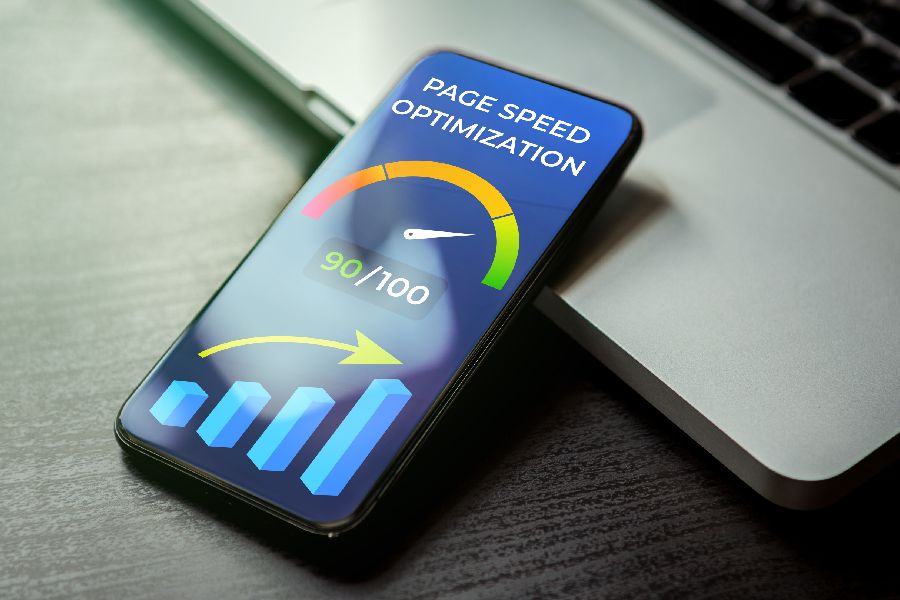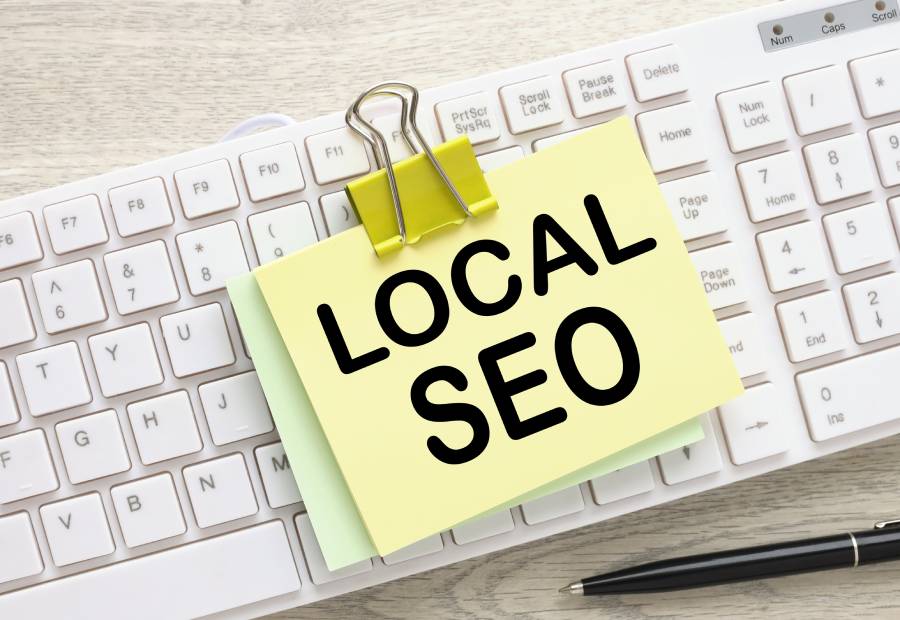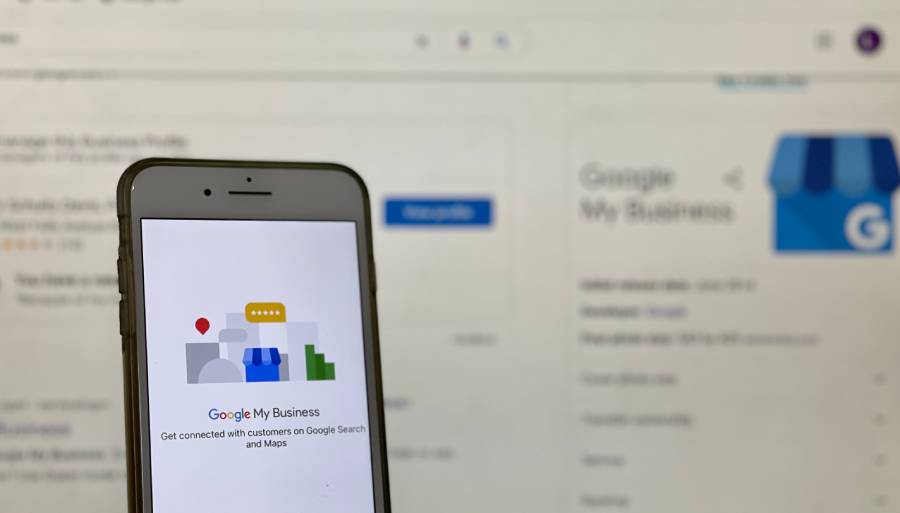Manufacturing companies often face unique challenges regarding SEO strategies. The competition in your industry can be fierce, and it’s crucial to have a strong online presence to stand out. If you are here, it means only one thing- you want to know more about the types of SEO for manufacturing.
By understanding these strategies, manufacturing companies can develop a comprehensive SEO plan that drives traffic, generates leads, and boosts their sales.
In this article, we will explore the different kinds of SEO for manufacturing, including on-page optimization, off-page optimization, technical SEO, and local SEO.
However, not all SEO strategies are created equal, and it’s important to understand which ones are best suited for your business sector.
Types of SEO for Manufacturing
SEO involves various techniques, including optimizing website content, improving website structure, building high-quality backlinks, and using keyword research to identify the best phrases to target.
Before you decide on investing in SEO, keep in mind that this is an ongoing process. It requires regular monitoring and tweaking to stay ahead of the competition and maintain a high ranking on search engines.
You can use several SEO strategies that work perfectly for manufacturing companies. These are the following:
On-page SEO for manufacturing
On-page SEO deals with the things happening on your website and helps you rank higher on search results.
To achieve this, you must optimize your content, metadata, structure, and performance to make it more relevant and useful for users and search engines.
Furthermore, On-page SEO is an essential component of any comprehensive SEO strategy. Besides positioning you high on SERP, it helps increase organic traffic, improve user engagement, and drive more conversions and revenue.
How to implement on-page SEO for manufacturing businesses
Conduct keyword research
Research the most relevant and valuable keywords related to your products or services. This will help you determine which keywords to target on your website.
Optimize page titles and meta descriptions
Ensure each page on your website has a unique and descriptive title tag and meta description that includes your target keywords.

Create unique and high-quality content
Develop high-quality, unique content for your website that includes your target keywords and provides value to your audience. The content you publish must be informative and answer all your customers’ concerns and wishes.
Also, the content you post must be keyword-rich. But don’t overuse them, as this can result in penalties for keyword stuffing.
Use header tags
Organize your content with header tags (H1, H2, H3) to make it easier for search engines to understand the structure of your page. People need to navigate easily through your page. Otherwise, they’ll feel lost and leave your website immediately.
Optimize images
Always use alt tags to describe your images and include your target keywords where relevant. The images you choose must be high-quality and follow your content. Websites like Pixabay have good images for different websites, pages, and blogs.
Improve website speed
Is there anything more annoying than a slow-working website? No, right? Ensure your website loads quickly by optimizing image sizes, minimizing code, and leveraging browser caching.

Source: shutterstock.com / Photo Contributor: BestForBest
Build internal links
Link your pages internally to help search engines understand the structure of your page and the relationships between your pages. Also, this is a way to promote your page and increase traffic by placing anchors that land on other posts on your website.
Ensure your website is mobile-friendly
With more and more people browsing the internet on their mobiles, you need to optimize your website to be mobile-friendly.
For example, if you are offering a wide range of products, clients must see them on their mobile along with products` specifics, prices, and pictures.
Also, you`ll need to implement touch-friendly buttons and faster download speed, so people can easily navigate through your website.
Off-page SEO for manufacturing
Off-page SEO refers to the various activities that can be done outside of a website to improve its search engine rankings and visibility.
It is also known as off-site SEO, and it’s closely related to link building. This SEO strategy helps you create a reputation for your brand and spread the word to the world about your products and services.
Off-page SEO involves link building, social media marketing, influencer outreach, guest blogging, and online brand reputation management.
The main goal of off-page SEO is to improve the website’s credibility, authority, and relevance in the eyes of search engines and users.
How to implement off-page SEO for manufacturing business
Building high-quality backlinks
Link building is one of the important aspects of off-page SEO. Manufacturers can improve their search engine rankings by acquiring backlinks from other high-authority websites.
Strategies for building high-quality backlinks include creating high-quality content, guest blogging, and participating in industry-specific forums.
Social media
Social media platforms are an excellent opportunity to engage with your target audience and promote your brand.
Creating and sharing valuable social media content can increase brand awareness and generate traffic to your website and pages.

Source: shutterstock.com / Photo Contributor: Tada Images
Participating in industry-specific directories
Joining industry-specific directories can help manufacturers increase their online visibility and build website backlinks.
Manufacturers can identify relevant directories by searching their industry using keywords such as “manufacturer directory.”
Engaging with influencers
Influencers are individuals with a large social media or blog following. You can increase your business’s online visibility and authority by engaging with industry influencers and getting them to share content related to your products or services.
Technical SEO for manufacturing
Technical SEO is about the technical aspects of a website, such as its speed, mobile-friendliness, and website architecture.
This helps search engines crawl and index the site more efficiently, resulting in better search engine rankings and better User experience (UX).
Some key elements of technical SEO include improving website architecture and URL structure, implementing proper metadata and schema markup, fixing broken links, and optimizing images and videos.
How to implement technical SEO for manufacturing businesses
Conduct a website audit
Analyze your website’s technical structure to identify any issues impacting its performance. Make tools like Google Analytics and Search Console a common practice to gather data and insights about your website’s traffic, rankings, and keywords.
Optimize your website’s architecture
Ensure that your website’s architecture is structured logically and organized. Create a clear hierarchy of pages that makes it easy for users to navigate your website.
One way to do this is to use header tags (H1, H2, H3, etc.) to indicate the importance of each page and section.
Optimize your website’s URLs
Use descriptive and keyword-rich URLs that accurately reflect the content of each page. Avoid using generic URLs that do not provide any context about the page’s content.

Source: shutterstock.com / Photo Contributor: Kaspri
Optimize your website’s metadata
Optimize your website’s title tags, meta descriptions, and header tags to provide accurate and relevant information about each page’s content.
Use keywords strategically in these tags, but ensure that they are written in a compelling and useful way to users.
Work on your website’s page speed
Ensure that your website’s pages load quickly and efficiently. Use tools like Google PageSpeed Insights to identify and fix any speed-related issues on your website.
Local SEO for manufacturing
Unlike traditional SEO, which targets a broad audience and improves a website’s visibility and ranking for global or national searches, local SEO focuses on optimizing a manufacturer’s online presence for local searches relevant to its geographical location.
Using various techniques like optimizing Google My Business listing, building local citations, and creating localized content, a local SEO strategy helps businesses target local customers and increase their revenue.
How to implement local SEO for manufacturing business
Find local keywords
Conduct keyword research to determine what people in your area are searching for. Include these keywords in your website content, page titles, meta descriptions, and URLs.
Claim your Google My Business listing
This free tool allows you to manage your business information on Google. Ensure your listing is complete and up-to-date with accurate business information, such as your name, address, and phone number (NAP).

Source: shutterstock.com / Photo Contributor: IB Photography
Build local citations
A citation mentions your business name, address, and phone number (NAP) on other websites. This can help improve your local SEO and boost your credibility. Submit your business information to local directories and other relevant websites in your industry.
Get customer reviews
Encourage your customers to leave positive reviews on your Google My Business listing and other websites. Positive reviews can help improve your local SEO and attract more customers.
Create local content
Write blog posts and create other types of content that are relevant to your local area. Find out what are people’s main concerns about your product and services and give them answers and information through articles on your website.
Conclusion
Today, with the different types of SEO for manufacturing, people can do wonders with their businesses.
You can create a good SEO strategy that maximizes your online presence simply by understanding the different types of SEO, including on-page, off-page, local, and technical SEO.
Whether you run a small business or a large enterprise, investing in a comprehensive SEO strategy can have significant returns in terms of brand awareness, customer engagement, and, ultimately, business growth.
So don’t wait any longer. Start exploring the various SEO types and tools available today and take your manufacturing business to new heights of success in the digital world.





